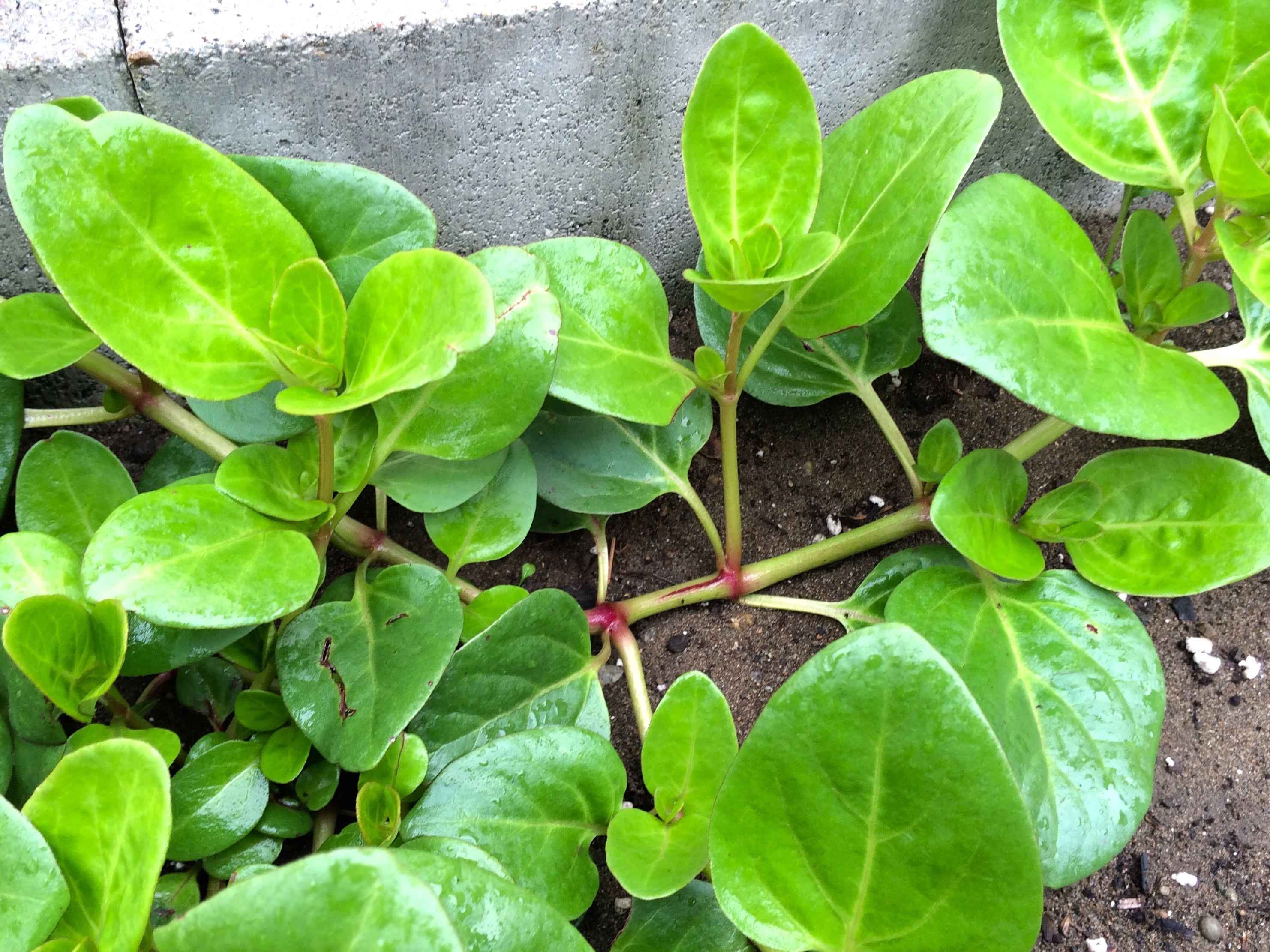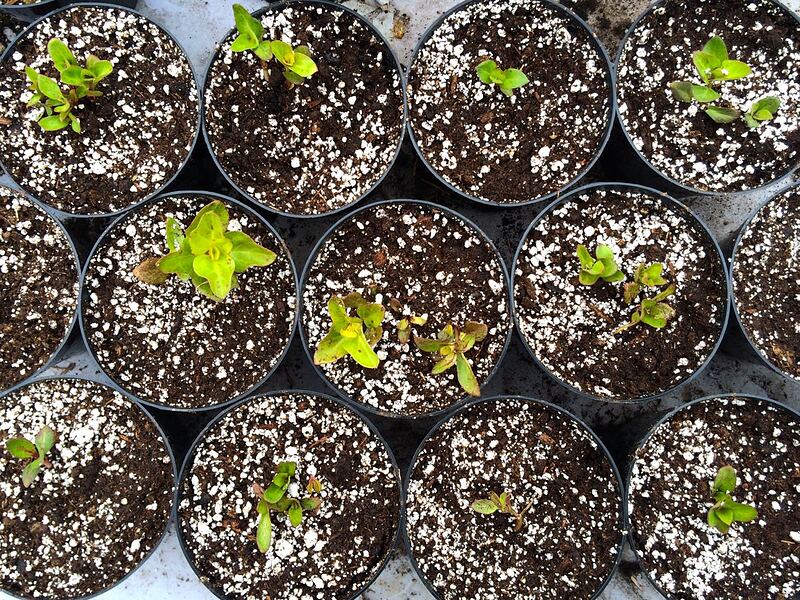We’re growing the mauka variety Roja for the first time this year. (Well, not the first time, but the first time that it has survived). Here are plants established from cuttings finally ready to go into the field. The variety that we currently sell, Blanco, has green leaves and a white root. Roja has some red spotting on the leaves and a yellow root. Hopefully by fall we’ll have a full row of mature plants ready to produce seed over the winter.
Aren’t there some other colors, but they seem to be impossible to get your hands on?
There are at least three populations of mauka: in Peru, Bolivia, and Ecuador. I think that Blanco is Peruvian and Roja is Bolivian. There may be a third variety in circulation outside the Andes that is more similar to Roja than Blanco. Apparently there are no Ecuadorian varieties available outside of the Andes yet. The International Potato Center has eight accessions, but they don’t appear to have huge differences, so it doesn’t seem like were lacking a great deal of diversity, although the Ecuadorian types are said to be less astringent and therefore may not require cooking as Blanco and Roja do. It’s hard to guess what traits breeding might be able to unlock. A frost-resistant variety could be incredibly productive in North America, so that seems worth a try, although breeding frost resistance into a plant that doesn’t have it is usually quite difficult.
One interesting thing about mauka roja is that the leaves only develop red color under some stress. When grown in the field, they have lots of red marks and blotches. In the greenhouse, they are difficult to distinguish from blanco. The stems still clearly show the difference though:

I suspect that I’m the original source for the roja and blanco varieties, and for some of the cipotato varieties. The person that gave me the roja and blanco brought them from Peru, so they are both from Peru, and were collected there from local farmers, for at least one of the varieties the exact location was near Cajamarca. She collected much more varieties all these years ago, but the roja and blanco were the only ones that survived the journey to Europe. Blanco is very similar to the Cip variety, but roots stay smaller. They could be the same, seeing the similarities in leaf shpae, colour, and so on, but the development of the roots makes me wonder if they aren’t two varieties…
Thanks for the info orflo (and welcome!) I’ll correct that info in the wiki as well. There are now at least three varieties of Blanco in circulation in North America, which is pretty funny if they really are all clones from your source. I think that is almost certainly the case though.
Too bad that more of the varieties didn’t survive.

